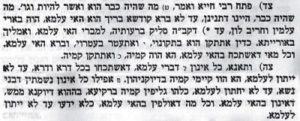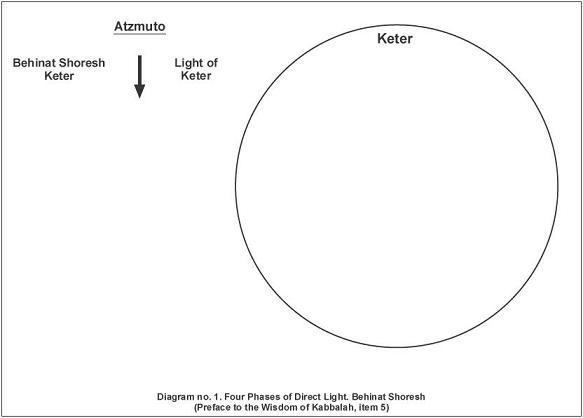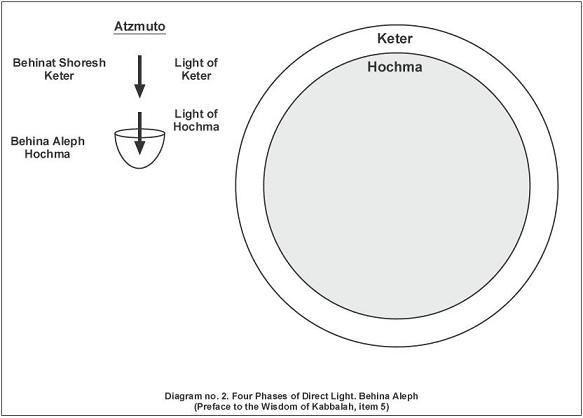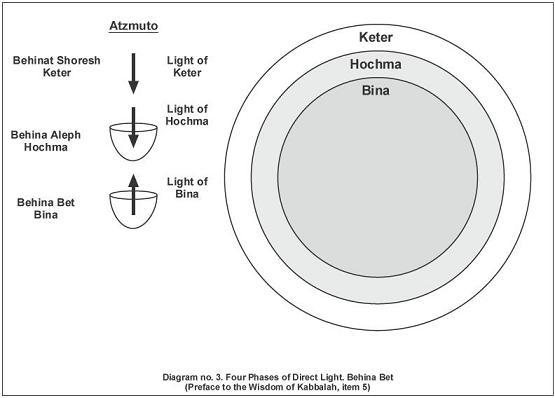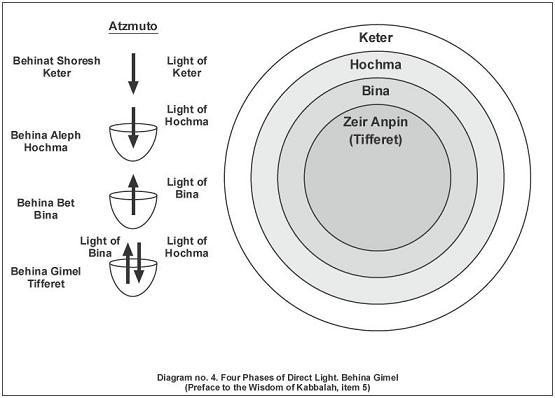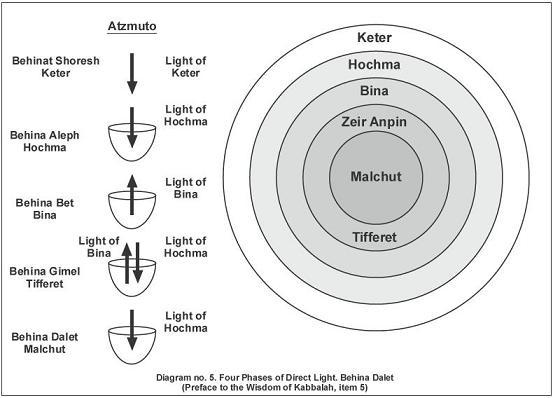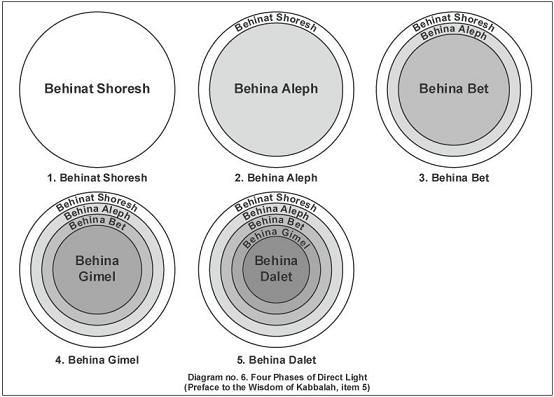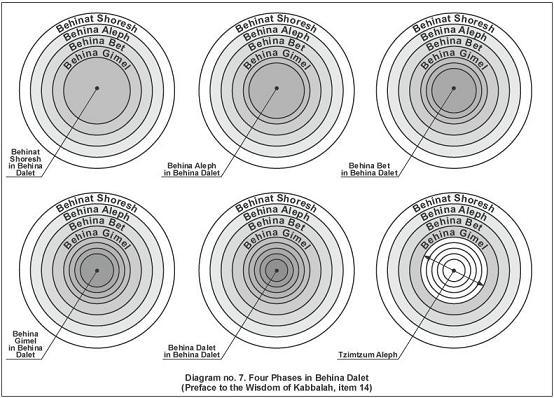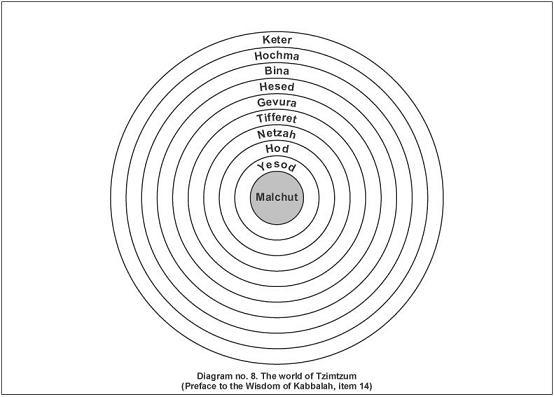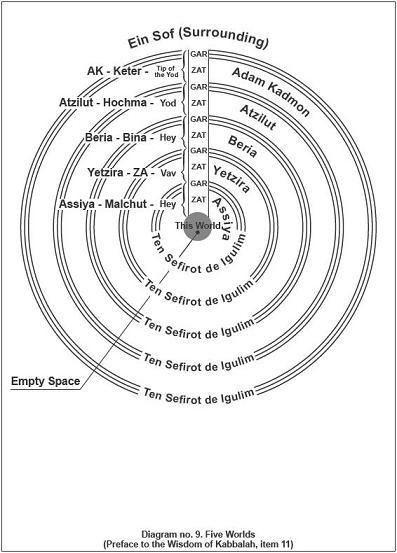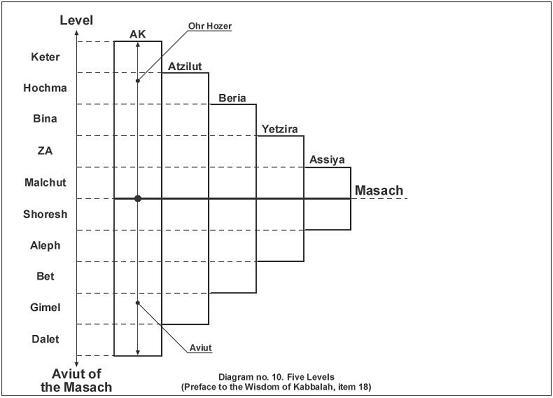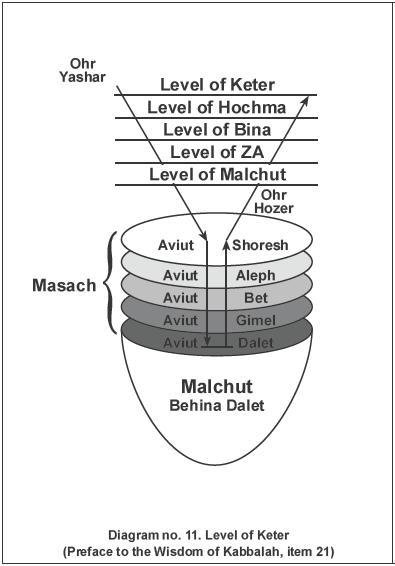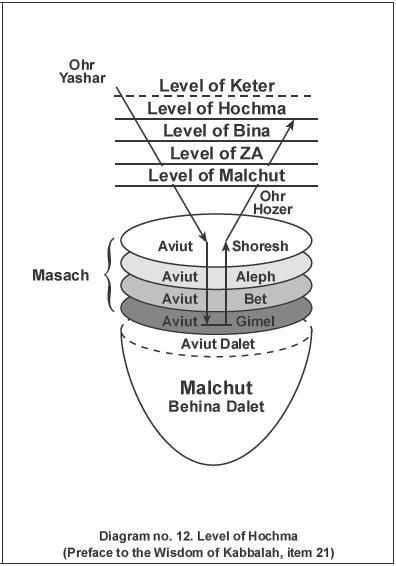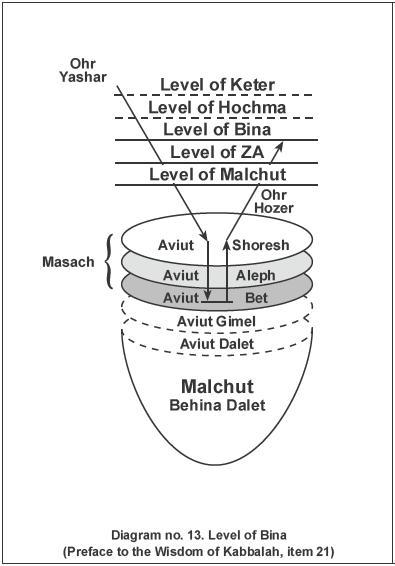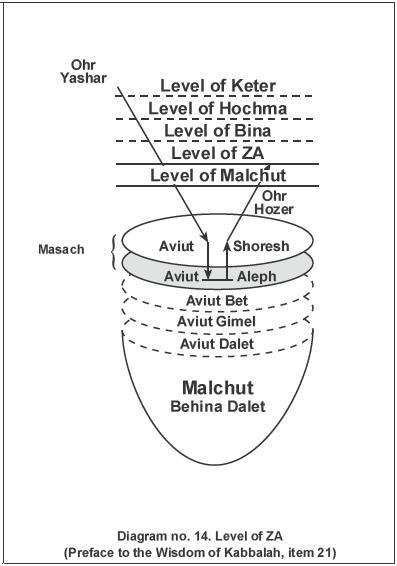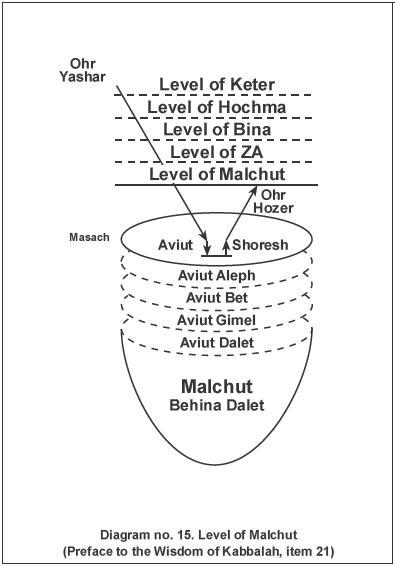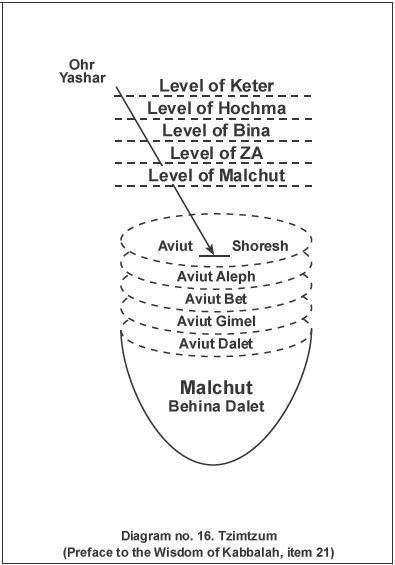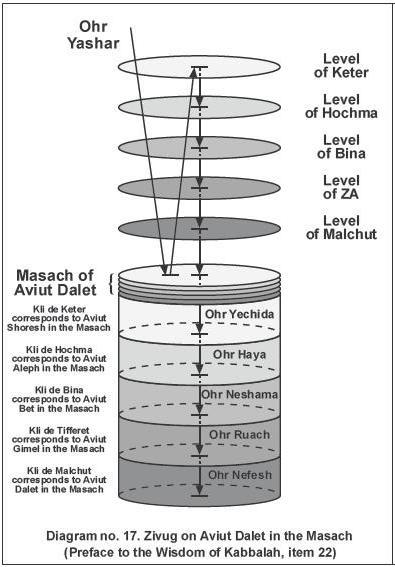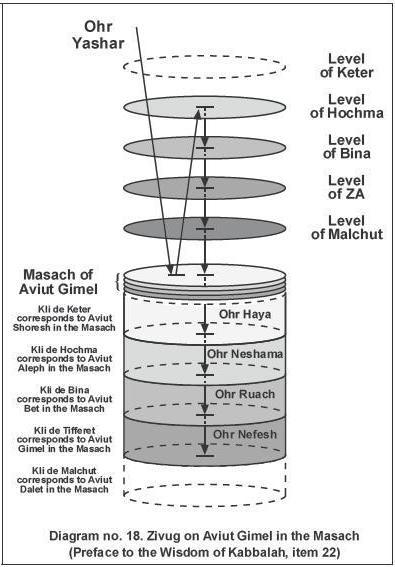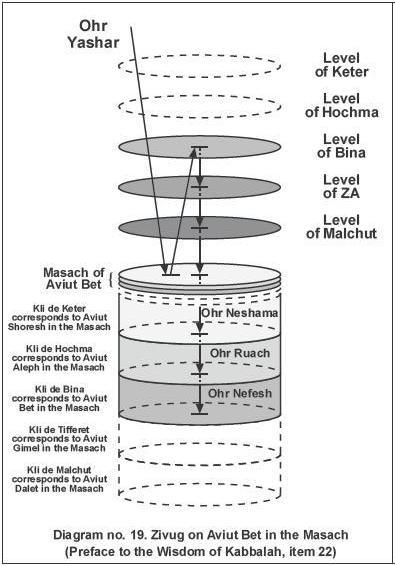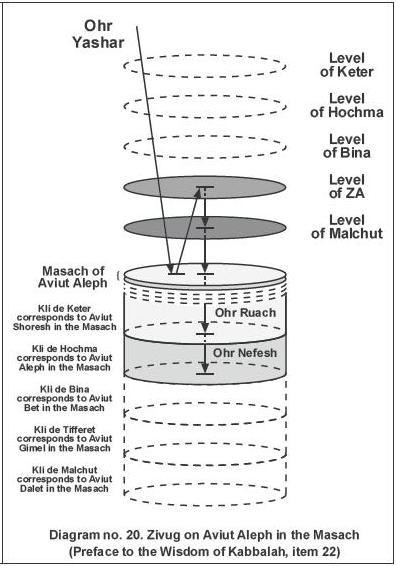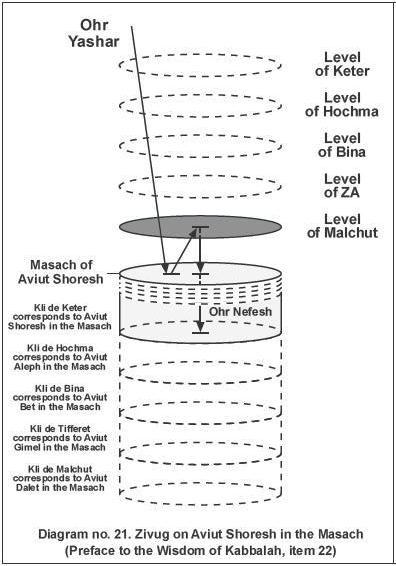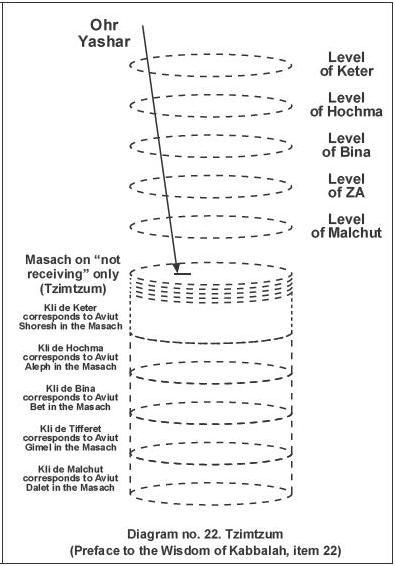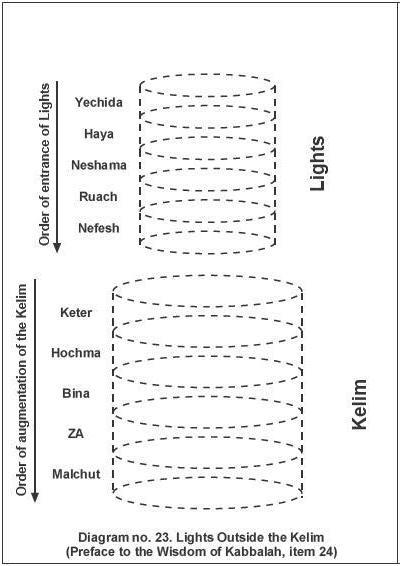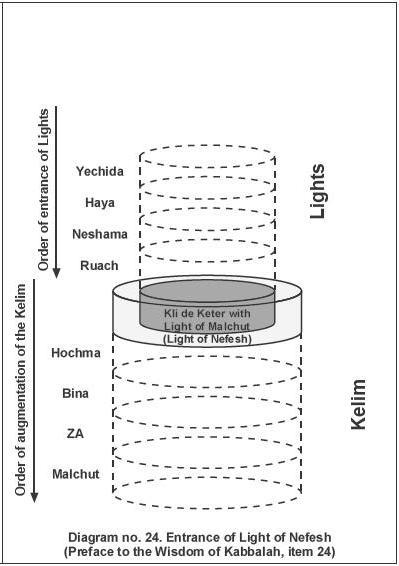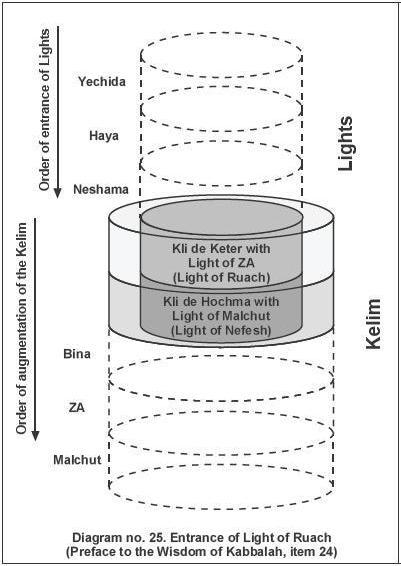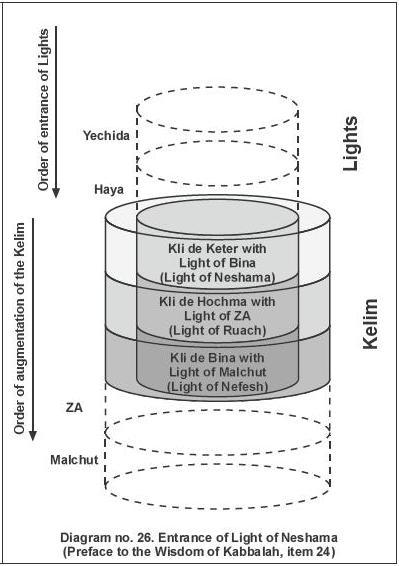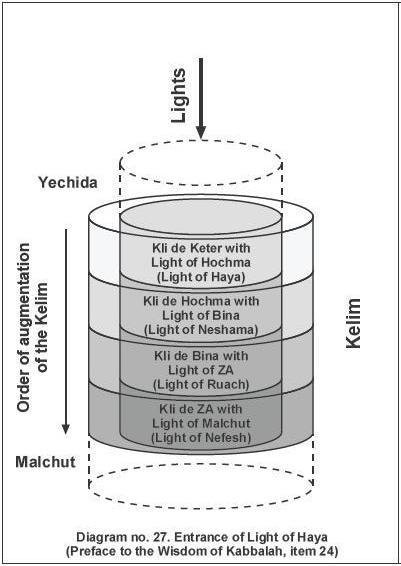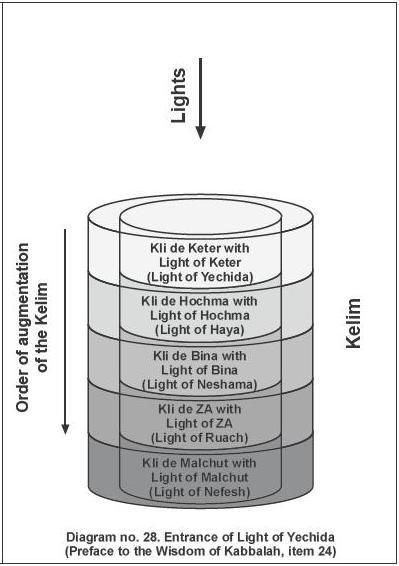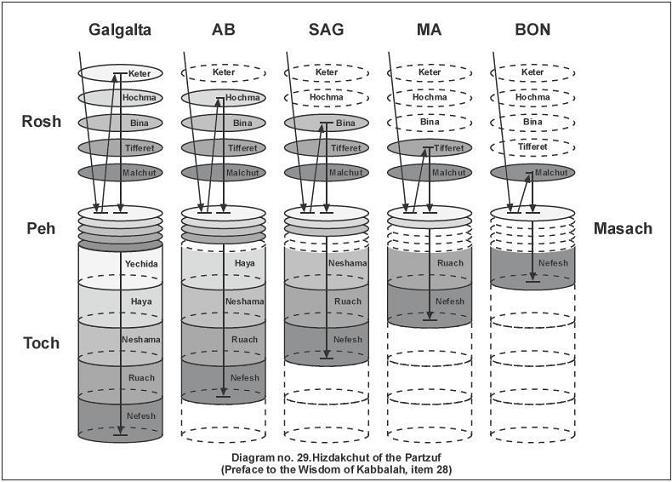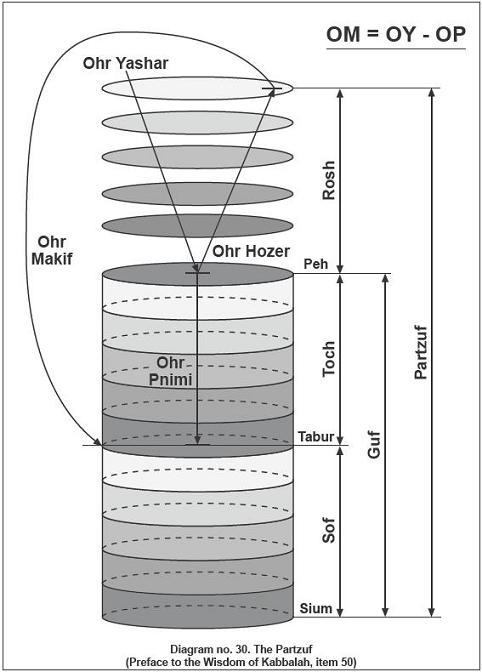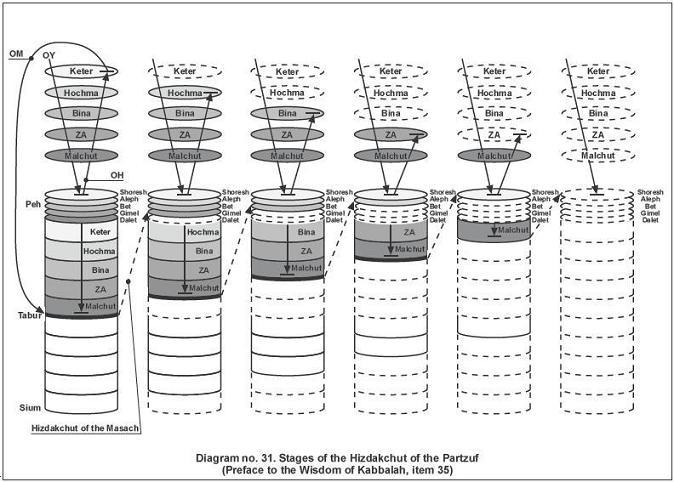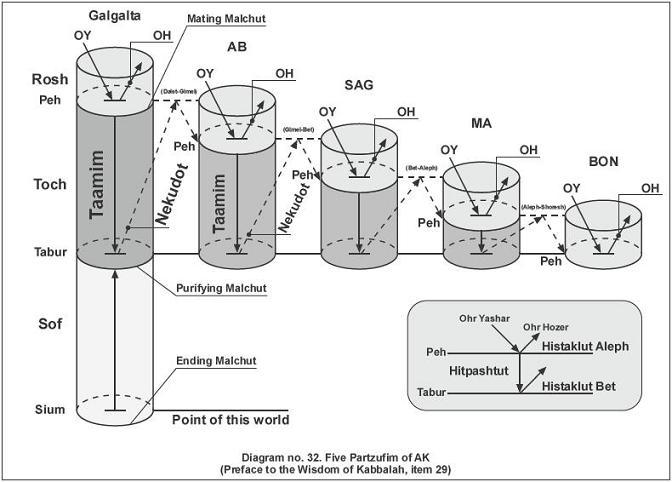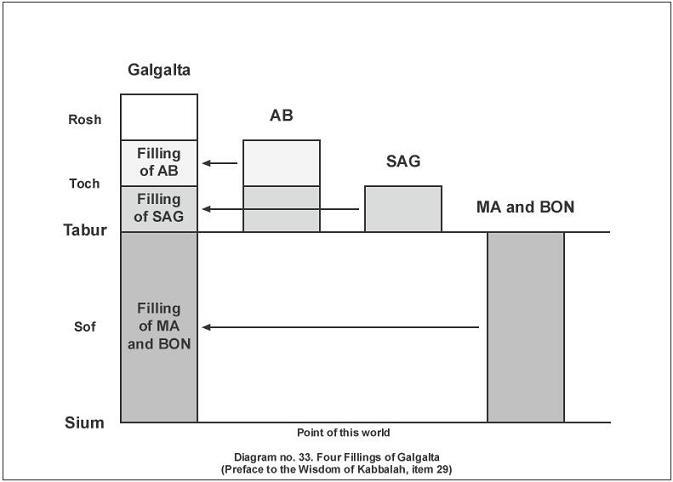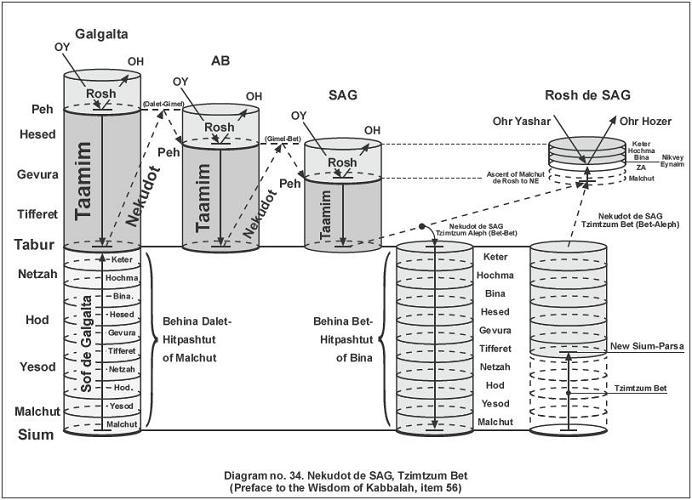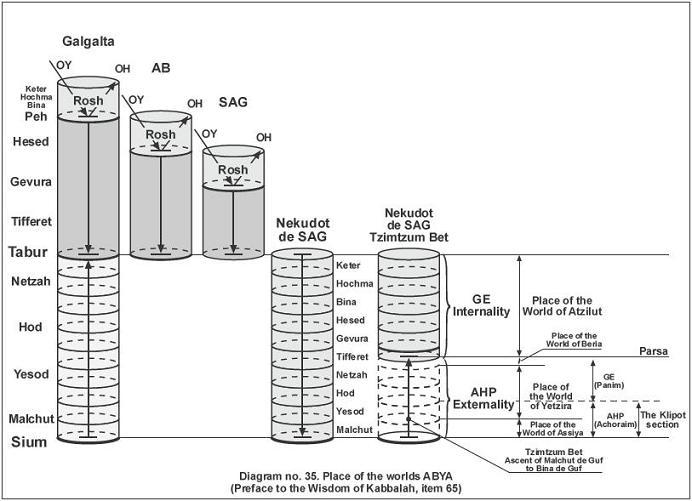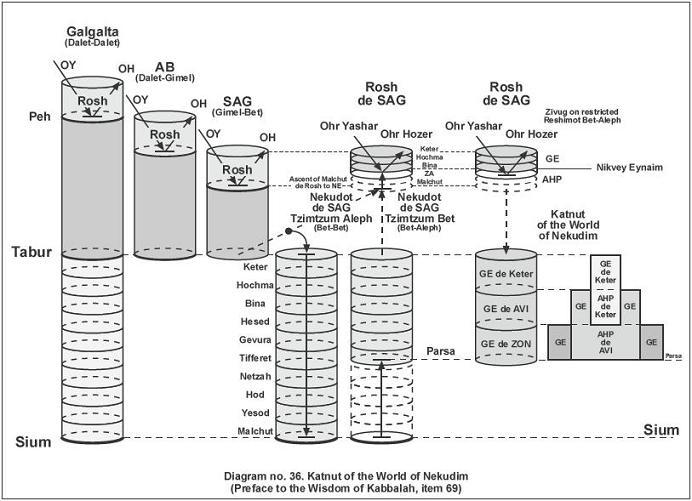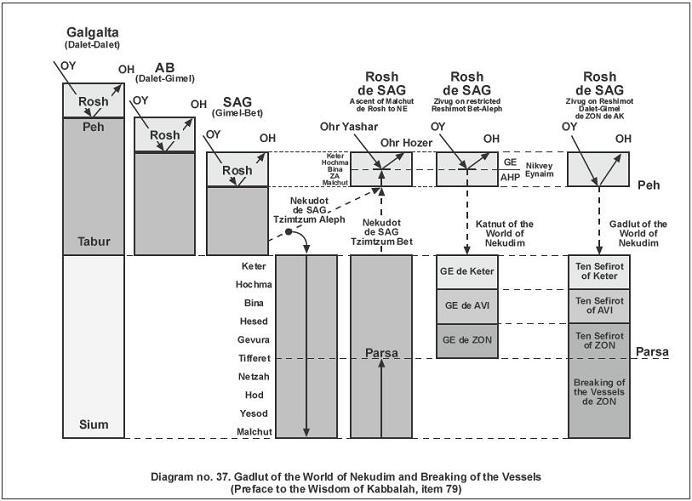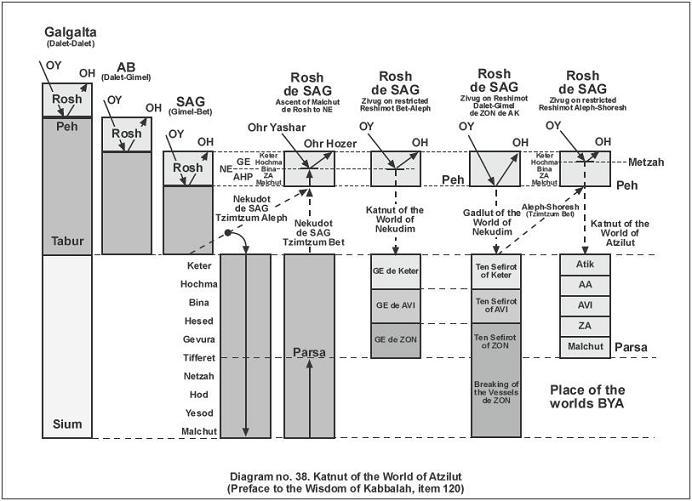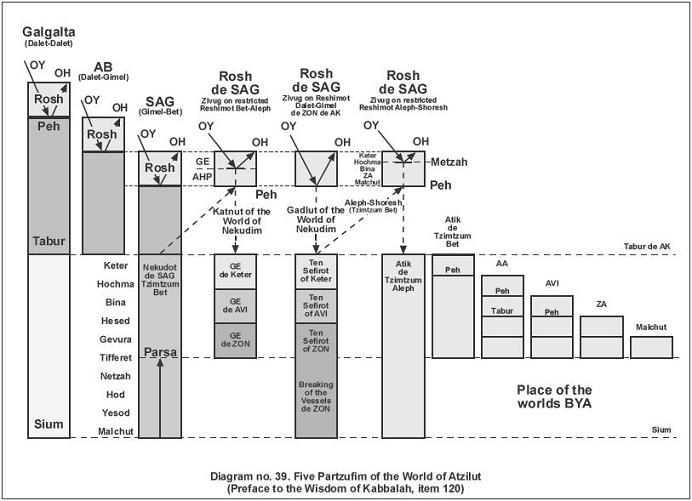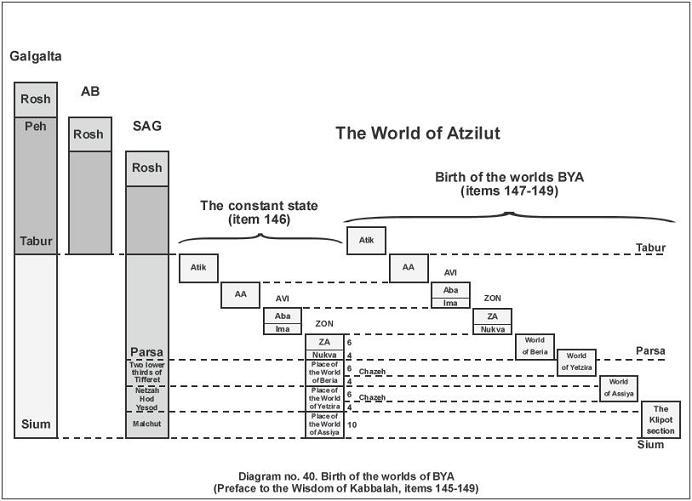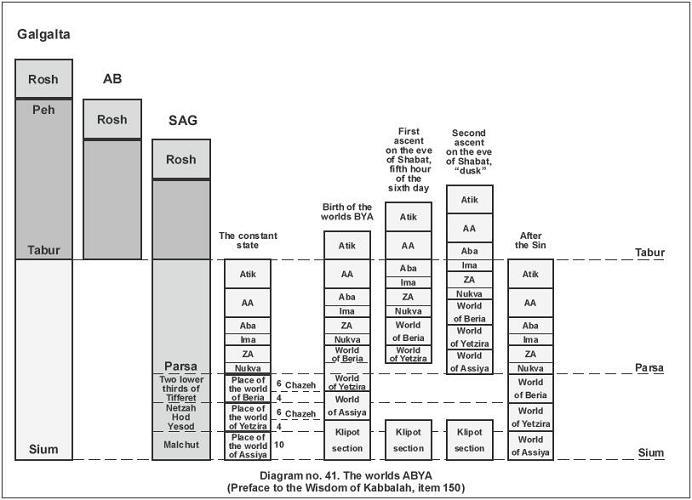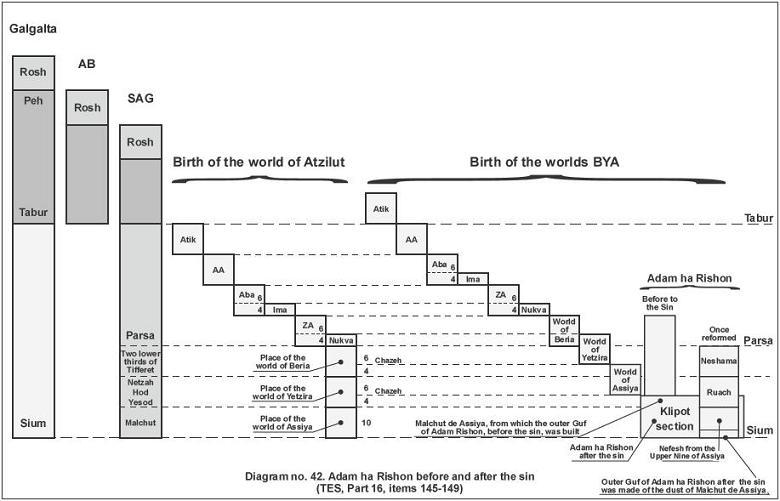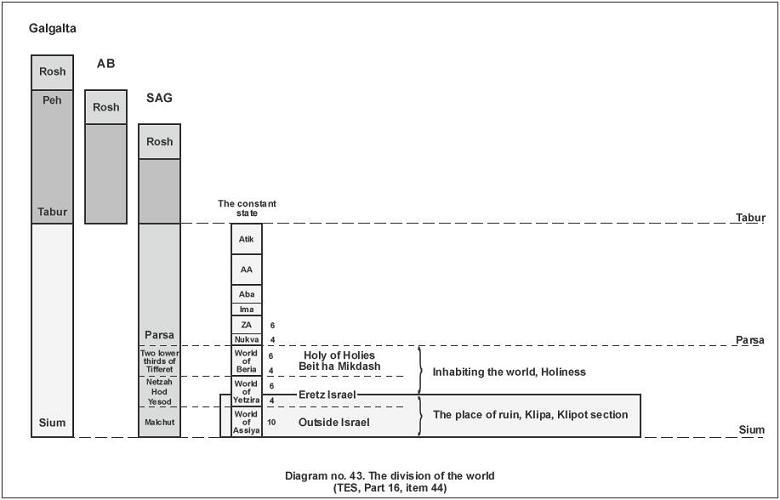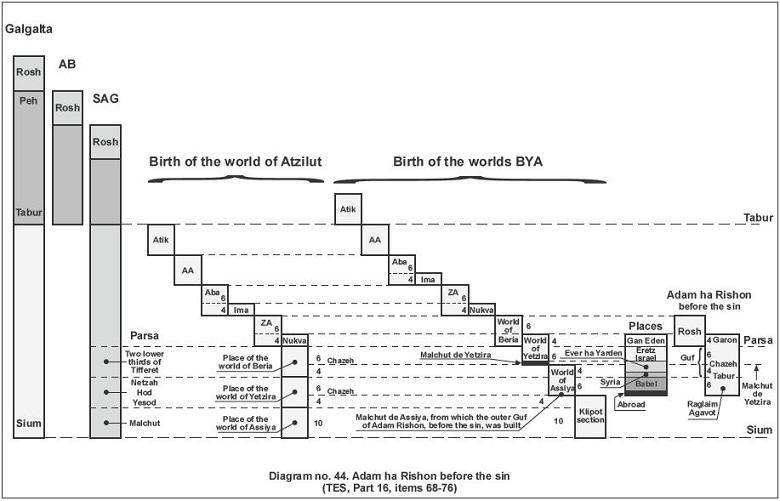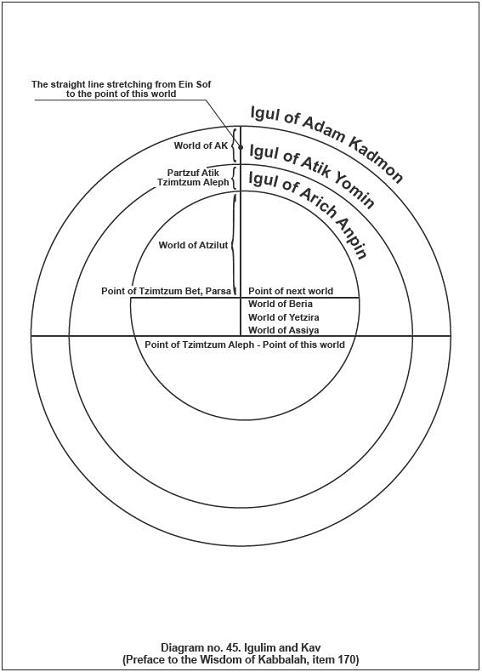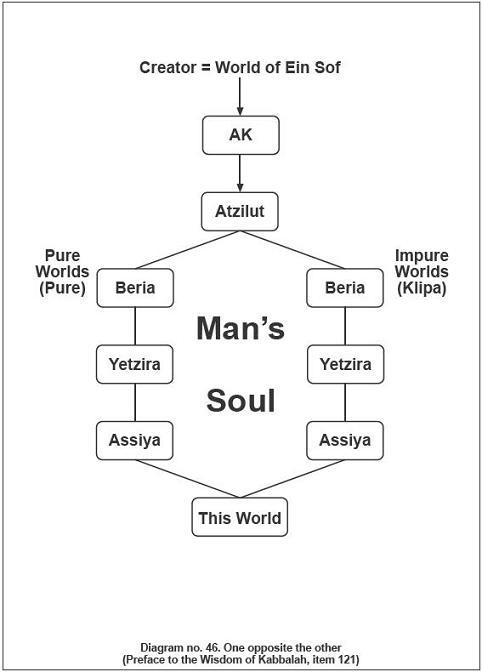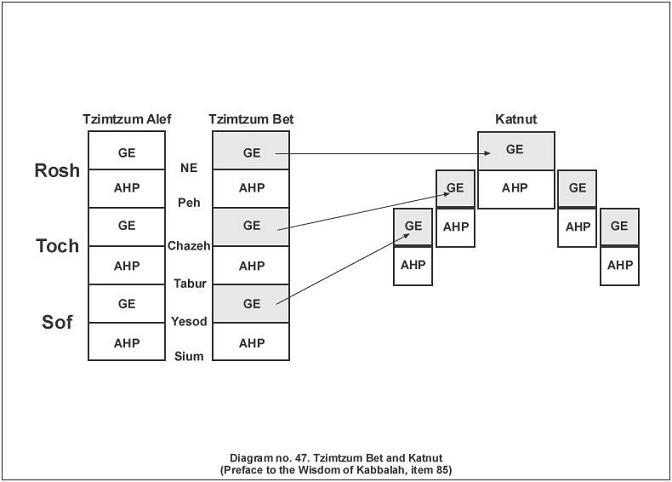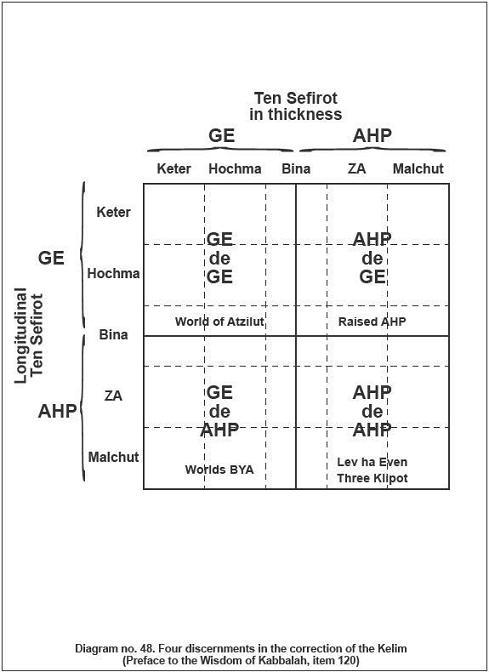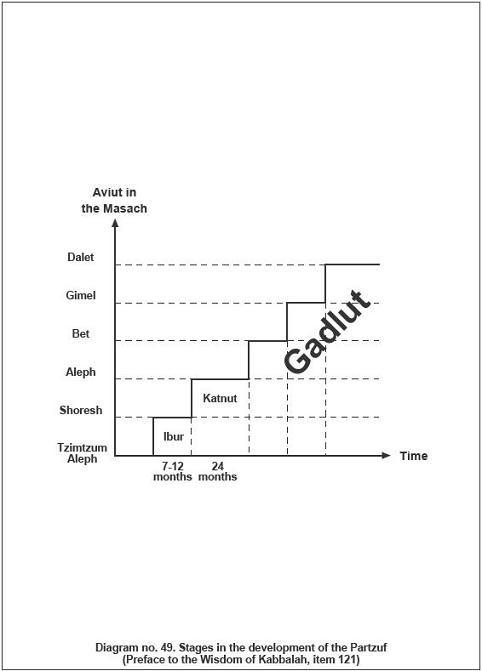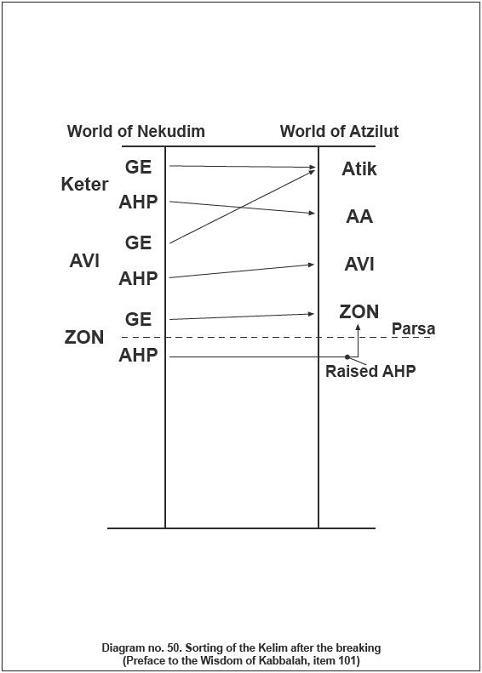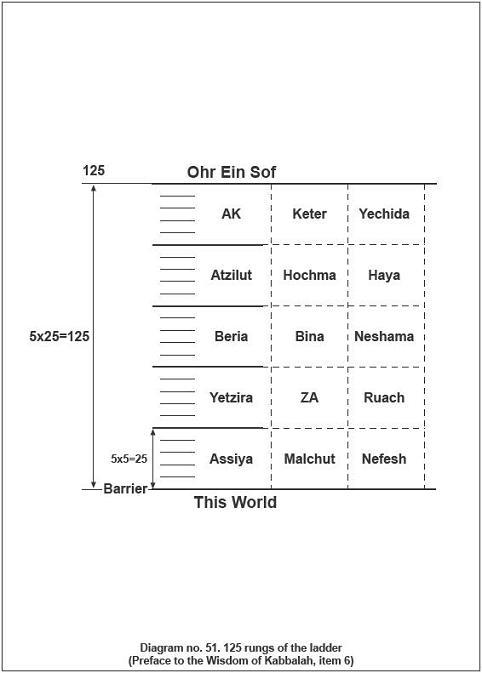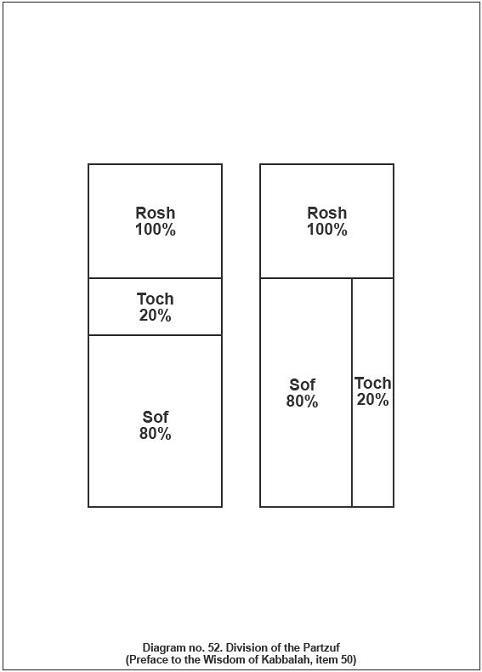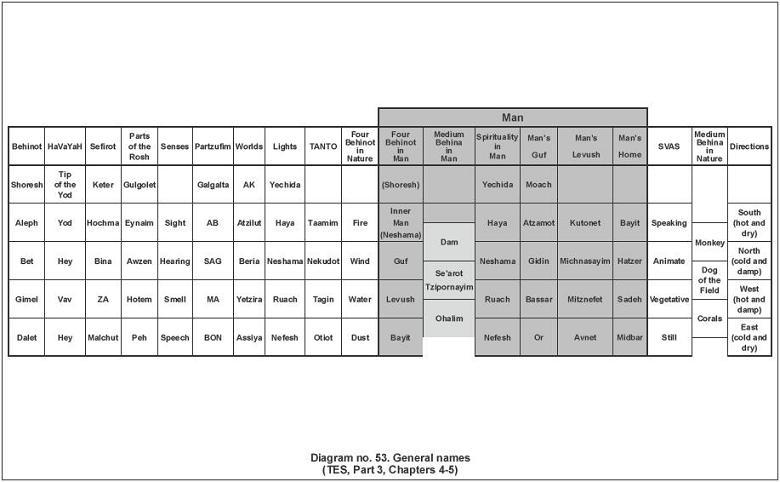Part III: Unlocking The Zohar. Chapter 8: Being Like The Creator
Being Like the Creator
When we equalize in every conduct with our root, we sense delight.
Baal HaSulam, “The Giving of the Torah”
We are standing at a crucial point in history. Tens of thousands of years of human development, and billions of years of evolution have all occurred only to bring us to these moments of transformation, to the birth of the new humanity.
If we examine Nature, we will see that it is constantly evolving. First, the inanimate evolved, then the vegetative, and finally the animate. Each such evolution is based on the evolution of the desire in the creature.
The desire that wishes only to sustain itself without change takes the form of inanimate. When the desire wishes to evolve, to move toward what is good for it and away from what harms it, the vegetative form appears. An even greater desire, which approaches the benefiting and turns away from the harmful by its own movement, takes on the animate form. All the forms we see before us in reality are only external envelopes that express the evolution of the only force that was created, “the will to receive delight and pleasure” or in short, “the will to receive.”
The most developed creature in the animate degree is the human species. However, as we said earlier, a little over 5,770 years ago a new evolution began in Nature: One of the creatures evolved into the speaking degree, to the degree of Adam, who is Domeh [similar] to the Creator. Within the desire of that person appeared a craving that was not of this world—the point in the heart, a spark that pushed him to discover the Creator.
We find that the only need in man’s wishes, which does not exist in the whole of the animate species, is the awakening towards Godly Dvekut (adhesion). Only the human species is ready for it, and none other.
Baal HaSulam, “This Is for Judah”
Unlike lower degrees, evolution to the speaking degree does not happen by itself. It occurs only when we have a desire, a craving to rise to it. That craving is called “intention.” To develop within us an intention to be similar to the Creator, we need a means to help us. This is why The Book of Zohar was written.
The Zohar is a very special book. Throughout history, Kabbalists have used it to attain the recognition of the highest level of the overall Nature. This is why it is considered such an important book. In fact, when Kabbalists refer to a book without mentioning its name, they are always referring to The Book of Zohar.
In a generation that would be the start of a 2,000 year exile, ten Kabbalists gathered to compose The Book of Zohar. They were special souls who represented the ten Sefirot [from the word “sapphires”], the ten foundations in the general system of Creation, and they were able to express the entire structure of reality. Rabbi Shimon Bar Yochai was their leader, and he was considered the Sefira[singular of Sefirot] Keter [crown]. The others corresponded to the rest of the Sefirot— Hochma, Bina, Hesed, Gevura, Tifferet, Netzah, Hod, Yesod, and Malchut.
To describe the shape of the system, the authors of The Zohar used signs that we call “letters.” When we read the letters and the words, if we desire to be connected to this system, it begins to affect us.
The Zohar makes us grow and evolve in the spiritual sense. It gradually provides us with the right intention and the special power of development called “the light that reforms.” To be reformed means to achieve the degree of the Benevolent One—the Creator.
From Darkness to Light
In our world, day and night interchange by themselves as a result of the turning of the earth. In spirituality, it works differently: I myself turn the night into day because by reading in The Zohar and the work in the group, I invert the direction of the operation of my will to receive from inward to outward. That is, darkness and light depend on the way in which the desire operates.
Let us explain the above statement: The will to receive may operate in one of two ways—in order to receive or in order to give (also known as “in order to bestow”). When the desire operates in order to receive, it cannot contain anything. The pleasure cannot permeate the desire; it only touches the desire and we feel as though we are enjoying it, but it only seems so. In truth, the sense of pleasure disappears promptly after we receive it. This is so because the will to receive and the pleasure are opposites—the desire is like minus and the pleasure is like plus—neutralizing each other.
We can never keep pleasure within. If, for example, we buy something that we’ve been craving for a long time, something really special, a week later the sense of satisfaction disappears. There are pleasures, like the pleasure of sex, which disappear immediately, at the very moment we obtain them because of the oppositeness between the nature of the desire and the nature of the pleasure. This is how Baal HaSulam summarizes this futile pursuit:
This world is created with a want and emptiness of all the good abundance, and to acquire possessions we need movement. …Hence, we choose the torment of movement in order to acquire the fulfillment of possessions. However, because all their possessions are for themselves alone, and “One who has a hundred wants two hundred,” one finally dies with less than “half one’s desire in one’s hand.” In the end, they suffer from both sides: from the pain of increased motion, and from the pain of deficiency of possessions, half of which they lack.
Baal HaSulam, Talmud Eser Sefirot [The Study of the Ten Sefirot],
Part 1, “Inner Reflection,” Chapter 4
This darkness, which is felt in the will to receive, can be turned to light only if we change the modus operandi of the will to receive into “in order to bestow.” In other words, if we use the will to receive in order to give to others, and enjoy the giving, we will become unbounded in our actions because one can give indefinitely.
If we enjoy loving and giving to others as much as the Creator enjoys it, we will become similar to Him and we will feel life as eternal and whole. What do we need in order to realize it? We need to acquire love of others and find abundance that we can give to others.
Love of others can be obtained from the Creator through the light that reforms. Once love for others is created within us and we have become similar to the Creator, the abundance of the Creator appears in us. When we act out of love for others, we realize the thought of Creation and become the Creator’s “partners” with respect to the creatures. This is the correction process of how the will to receive operates.
A corrected act of the will follows the formula: “Israel, the Creator, and the Torah are one.” Israel means the desire in me to reach straight to the Creator, Yashar El [Straight to God], meaning to become similar to the Creator. The Creator is the Creator, the goal to which I aspire, and the Torah is the entire corrected mechanism, the ties of love that connect the souls together.
To illustrate the above, think of the human body. In the body, different parts work in unison and with mutual guarantee. Each part helps the others and there is bonding and unity among them. Our souls must function similarly—unite in a bond of loving and giving. This is the Torah. The Torah contains 613 correct connections between each soul and all the other souls.
If the connection between the souls is one of hatred and not one of love, there is no Torah and it is hidden. The souls that do not feel the ties of love among them are in exile from the Torah and from the Creator, meaning detached from the right connection (Torah) and from the light that fills the right connection (the Creator). We can compare it to the difference between a healthy body and a body whose systems are dysfunctional.
The corrections we perform on our desire—to shift from the corrupted form to the corrected one—are called Mitzvot [commandments] [1]. This is why it is said that “Love thy friend as thyself” is the great rule of the Torah, for it contains the entire system of correct relations among the souls [2].
Notes
[1] “When one can aim in order to bestow, this act is called a Mitzva [commandment]” (Rabash, The Writings of Rabash, “Regarding the Received Reward”).
[2] For more on the topic, see Letter no. 17 and “Introduction to the Book, From the Mouth of a Sage” by Baal HaSulam.
The Middle Line
One should believe that one has a point in the heart, which is a shining spark. Sometimes, it is only a black point and does not shine. That spark must always be awakened … for it can light up one’s deeds so they will shine.
Rabash, The Writings of Rabash, “What Is ‘The Herdsmen of Abram’s Cattle and the Herdsmen of Lot’s Cattle’ in the Work”
Let us now approach an excerpt from The Book of Zohar. The excerpt is taken from the portion Lech Lecha [Go Forth], and talks about the middle line, the MAN of the righteous. MAN is one’s intention to develop into being similar to the Creator, and righteous are those who wish to be right. They wish to say that the Creator was right to create them, to justify Him, and justification is possible only by truly seeing and sensing what is happening in reality, out of the highest degree to which a person rises. This is what we wish to achieve through The Zohar.
He even plays with the souls in this world, since at midnight, all those true righteous awaken to read in the Torah and to sound the praises of the Torah. And the Creator and all those righteous in the Garden of Eden listen to their voices. And a thread of grace stretches over them during the day, meaning that by the MAN that they raise through the Torah and the praises, the middle line—the light of Hassadim [mercy]—extends to the Nukva [Aramaic: female]. And since they caused that light, they are rewarded with the same amount they have induced in the Nukva. This is the meaning of, “By day the Lord will command His mercy, and in the night His song shall be with me,” for because of the singing at night, one is rewarded with His mercy during the day.
Zohar for All, Lech Lecha [Go Forth], Item 132
Within the overall system, some souls are already corrected. If we wish to discover the Creator but feel that He is hidden from us, then we are in spiritual darkness, a state called “night.” In that state, we should make efforts and evoke our pleas, and then those high souls will affect us as we read in The Book of Zohar.
The Book of Zohar was written specifically to connect us with those souls. When reading The Zohar, we create that connection and they send us the light that reforms.
That light still does not permeate and fill our souls, since the equivalence of form between our souls and the light is still absent. But it does affect us as though we were in a womb, surrounding us, caressing us, embracing us.
Thus, the light gradually corrects us until we begin to feel it, meaning those corrected souls to which we have connected, and the Creator, Who is in the system of the souls.
That light surrounding us is called “surrounding light.” To the extent that we become corrected, it permeates us and fills us, and becomes the “inner light” of the soul, our spiritual life.
Within the womb, which is the light that surrounds us, grows the middle line. The middle line is my own precise calculation, which best combines Nature’s two forces—the power of the will and the power of the light—so that the light will correct the will.
The part of the desire that has been corrected in this process and has become Creator-like is the middle line. In other words, the extent to which I have become similar to the Creator is called “my middle line.” It is the image of the Creator that I have built within me, in a process that began with a request that I made during the state of “night.”
Tears
If my people heeded me … they would delve all their lives in the study of The Book of Zohar … and would extend abundance and Light.
Rav Yitzhak Yehuda Yehiel of Komarno [1]
In reading The Zohar, we must intend for the upper force to affect us. The Zohar is built in such a way that it oozes into us bit by bit. Time and time again, with the same intention to grow, we should let The Zohar affect us. Then we will feel how it leads us from darkness to light.
The following excerpt from The Zohar discusses tears:
When this prayer in tears rises through those gates, that angel comes … whose name is Yerachmiel. He takes a prayer in tears, the prayer enters and becomes connected above, and the tears remain here, inscribed in the door that the Creator opens. The prayer in tears raises MAN for the correction of the Miftacha [Aramaic: key], to raise the Malchut to Bina, and therefore the prayer is answered and the tears remain inscribed on the door, causing there the mitigation of Malchut in Bina. Tearing comes from the word “mixing” because he drips and mingles the Malchut in Bina.
Zohar for All, Pekudei [Accounts], Item 490
What Are Tears?
In this world, a person cries because he is sad, in pain, has no control over a situation, or feels small and weak. We cry when we are in a situation that we don’t know how to cope with—fate, chance, force majeure.
In the spiritual world, however, the state of “tears” is the most active of states. Throughout that state, we activate the entire mechanism of our correction and ascension.
“The prayer in tears raises MAN for the correction of the Miftacha [Aramaic: key], to raise the Malchut to Bina,” says The Zohar in the above excerpt. Miftacha, in Aramaic, means “key.” The tears open the gate to the spiritual world, through which we enter in order to correct our will, Malchut, to become a giver like the Creator, Bina. Although our desire is a desire to receive, and hence opposite from the Creator, we mitigate it with the intention to bestow, making it similar to the Creator.
The above excerpt also writes, “Therefore the prayer is answered and the tears remain inscribed on the door.” A prayer is a request to become similar to the Creator, and the tears are what keeps the door open. It follows that tears are an act that enables us to be similar to the Creator.
_____________________________________________________________
Being allowed to study the sublime matters, called “the wisdom of Kabbalah,” is only as a remedy, for they can bring one to desire and crave adhesion with the Creator … When one studies the sublime matters so they will bring one closer to sanctity, it causes the nearing of the lights. This means that this study causes one that through it, one will come to aim all one’s actions to be in order to bestow.
Rabash, The Writings of Rabash, “Three Lines”
___________________________
When we engage in The Zohar, all the lights and power hidden within it traverse us. Even if we still cannot detect or sense those things, they do travel through us, affect us, and change us. There is no other way to grow. It is like a baby who still does not understand how it grows and develops, but has an inner drive to run around from corner to corner to search, examine, and know everything.
It makes no difference what emotions our reading in The Zohar may evoke in us. At times it will be pleasant and at other times less so; at times we will laugh, and at times we will cry; at times we will be excited, and at times indifferent. Yet, in the end, only perseverance will yield results. We must let the power of The Zohar affect us so we may grow and thrive in spirituality.
Notes
[1] Rav Yitzhak Yehuda Yehiel Safrin of Komarno, Notzer Hesed [Keeping Mercy], Chapter 4, Teaching 20
Eternal Pleasure
Even if one lived a thousand years, on the day he departs from the world, it will seem to him as though he lived only one day.
Zohar for All, VaYechi [Jacob Lived], Item 293
After the demise of the body, if we did not rise from the animate level to the human level during our lives, if we did not achieve equivalence of form—acquired the quality of love and giving and became similar to the Creator, and thus revealed the Creator—nothing remains of us. The spiritual point that was in us, and which we did not develop, reincarnates into our world, acquires a new clothing (additional egoistic desire), and a new cycle of life begins. Only by studying the wisdom of Kabbalah can we rise to the degree of man.
It is known from books and from authors that the study of the wisdom of Kabbalah is an absolute must for any person from Israel. And if one studies the whole Torah and knows the Mishnah and the Gemarah by heart, and if one is also filled with virtues and good deeds more than all his contemporaries, but has not learned the wisdom of Kabbalah, he must reincarnate into this world to study the secrets of Torah and wisdom of truth. This is brought in several places in the writing of our sages.
Baal HaSulam, “Introduction to The Mouth of a Sage”
In the spiritual sense, only our efforts to evolve beyond the animate degree are written for all eternity. When our animate degree ceases to exist, meaning when our bodies die, we remain only with what we have acquired from the degree above it. Thus, it is clear that engagement in The Zoharis the greatest thing we can do in our lives, far above and beyond anything that can be attained in this world.
And considering profits, it is important to understand that the source of all pleasures is in the world of Ein Sof. The pleasures come as upper light and travel through a system of five worlds in which the light diminishes from 100 to zero percent. Then, through the boundary that separates the spiritual world from ours, a tiny spark breaks in.
Incidentally, science has also discovered that our universe began with a spark of special energy. That spark, explains The Zohar, is all the pleasure that exists in our world, and there is nothing else.
In our world, the pleasure that exists in that spark divides into two primary kinds: physical pleasures—food, sex, family, and so on, and human pleasures—wealth, respect, domination, and knowledge.
What is the difference between those pleasures and the pleasures in the spiritual world? First, all the pleasures in our world, of all the people and at all times, add up to a tiny spark of light. The gap between that spark and the pleasure that is sensed in the spiritual world is unfathomable. The Zoharcompares that gap to the gap between a tiny candle and a huge light, or between a tiny grain of sand and the entire world.
Second, in our world, pleasures come and pleasures go. They are inconstant, as eventually we disappear, we die. But in the spiritual world, pleasure is eternal; we experience our existence above time, motion, and place.
To summarize, we are standing at the threshold of a wondrous development to the highest level of reality. The Book of Zohar has been revealed today to bring us the light that will help us get there.
_____________________________________________________________
A wisdom that one must know: to know and to observe the meaning of his Master, to know himself, know who he is, how he was created, where he comes from, and where he is going … and one should see all that from the secrets of the Torah.
New Zohar, Song of Songs, Items 482-483
___________________________

